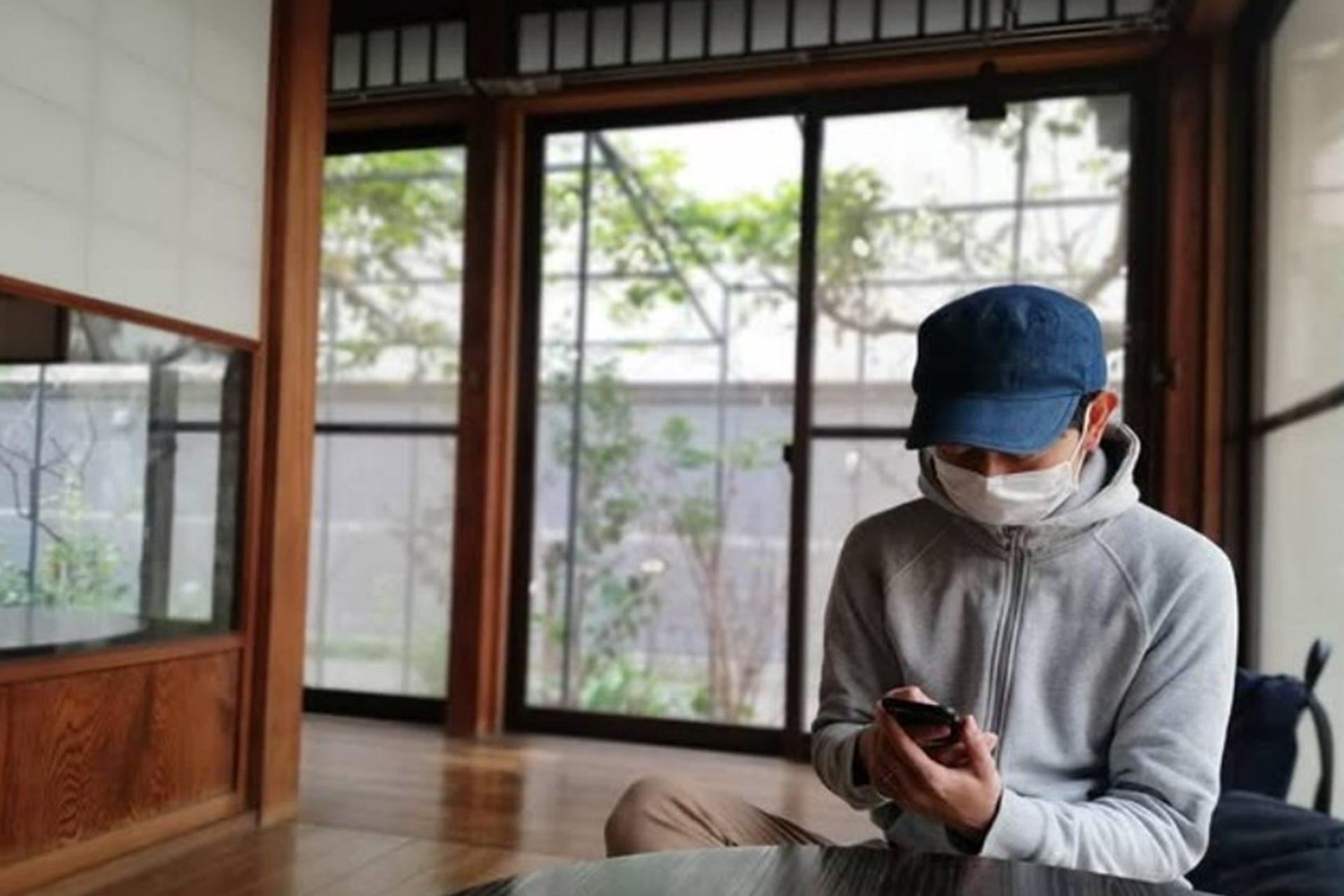Hiccup, brain freeze, sneezing... Why do we have these bodily reflexes?
Whether they are involuntary, automatic, or unconscious, reflexes allow us to protect ourselves from dangers. But what are our most common reflexes?
Image: Priscilla Du Preez / Unsplash
Many of us have suffered this terrible headache after eating very cold ice cream. It feels like our brain has frozen for a little while.
Photo: Sharon McCutcheon / Unsplash
In reality, this pain is caused by the blood capillaries in the sinuses cooling too quickly. The brain immediately activates pain neurotransmitters and we suffer while the sinuses return to their normal temperature.
When we adopt a posture that hinders the proper circulation of blood, the brain reacts by sending a nerve signal that is numbness.
Photo: JP Valery / Unsplash
Once we've changed position and circulation is restored, the brain receives contradictory information that we know as 'tingling.'
Yawning is one of the most common behaviors of living things. It has been the subject of many studies, yet it remains shrouded in mystery.
Some associate it with the sleep cycle, others consider it a sign of boredom. Among the researchers who have studied the subject, some think that it is a big puff of oxygen sent to the brain to stimulate it.
Sometimes tears flow without us being sad. They are like 'automatic tears.'
Caused by irritation, fatigue, or bright light, they are the result of an instinctive discharge of the lacrimal glands which release their overflow.
In principle, shivers are associated with hypothermia. Some people also shiver with emotion, such as fear or pleasure.
In reality, all these feelings and experiences have the same effect on our body: the muscles contract very quickly (about ten contractions per second) to warm up the body.
Photo: Tandem X Visuals / Unsplash
This reflex is linked to feeling chilly. By contracting, the muscles at the base of the hairs cause goosebumps. The function of this reflex is to lift the hairs and thus forming a layer of insulation between the body and the outside.
Of course, some of us also get goosebumps from sudden emotions. It works very similarly to the reflex of the shivers.
Muscle spasms are involuntary and uncontrollable muscle contractions. Sometimes it happens right when we are falling asleep.
According to researchers, this is a reflex due to the fact of having fallen into REM sleep without going through the preliminary stages.
The eye blinks when it dries up. By lowering, the eyelid moistens the eyeball, which avoids an unpleasant sensation of dryness for us. Blinking also serves to clean the dust that settles on the membrane.
Photo: Rodolfo Sanches Carvalho / Unsplash
On average, the eye blinks from 7.5 times to 50 times per minute, depending on the activity we are doing.
Hiccups are caused by the irritation of the diaphragm. This, in turn, is caused by a combination of digestive, respiratory, and psychological factors.
An involuntary reflex, a hiccup signals a transient problem to expel air. It can often happen after a good meal when the stomach is full.
Photo: Alicia Petresc / Unsplash
The sneeze has the obvious objective of clearing any impurities from the nose. However, some people sneeze when they see a bright light. This is called the 'photic-sneeze reflex.'
The photic-sneeze reflex (PSR) is caused by a benign congenital anomaly that affects certain nerve signals. While researchers don't know all the details of the mechanism, they agree that it's nothing serious - just a little annoying for those who often have to deal with it.
Photo: Jonathan Borba / Unsplash
































